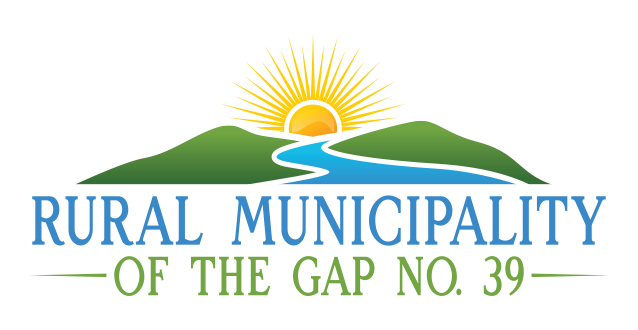Overview
The Rural Municipality of The Gap No. 39, located in southern Saskatchewan, has a history that reflects the broader agricultural and settlement patterns of the province. Formally established on December 13, 1909, the RM has grown from its early days as a frontier settlement to a thriving agricultural district, balancing tradition with innovation to support its rural communities.
Indigenous Heritage and Early Settlement
Long before European settlers arrived, the area that is now RM 39 was part of the traditional lands of Indigenous groups, including the Cree and Nakota peoples. These communities utilized the land’s natural resources, engaging in hunting, fishing, and seasonal migrations across the prairies.
European settlers began arriving in the late 1800s, drawn by the opportunity to own land through the Dominion Lands Act. The terrain of The Gap, characterized by stretches of open prairie and valleys, presented both challenges and opportunities. Settlers had to contend with the vast grasslands and seasonal weather extremes but found the fertile soil well-suited to establishing farms. The formation of the RM provided local governance, enabling the community to work collectively in developing infrastructure and essential services needed to sustain their growing agricultural ventures.
Development of Agriculture and Infrastructure
Agriculture quickly became the backbone of The Gap’s economy. Settlers initially focused on growing staple crops like wheat, barley, and oats, which thrived in the prairie environment. The introduction of livestock farming further diversified the agricultural economy, contributing to the RM’s growth. The arrival of railway lines was a turning point, connecting the region to larger trade networks and providing the means to transport agricultural goods to broader markets.
The RM invested heavily in building and maintaining roads, bridges, and other critical infrastructure, ensuring that farms and local communities could thrive. Over time, The Gap introduced programs to support farmers, encouraging the use of crop rotation, soil conservation, and other innovative techniques that have helped sustain agricultural productivity for generations.
The Gap’s Unique Landscape
The RM’s name, “The Gap,” is inspired by the area’s distinctive landscape, featuring open prairies interrupted by valleys and natural breaks in the terrain. This varied topography not only provided an identity for the region but also supported a mix of agricultural and outdoor activities. The wide expanses of land and natural valleys make The Gap a picturesque setting for farming and other rural activities.
The natural environment has also become an asset for local tourism, attracting those interested in the open prairie scenery, hunting, fishing, and other outdoor experiences. The Gap’s landscape is integral to its identity and continues to shape both its agricultural and recreational activities.
Community Life and Social Development
Since its early days, RM 39 has prioritized building a strong and connected community. Social gatherings, agricultural fairs, and community picnics have long been part of the area’s cultural fabric, fostering a sense of togetherness among residents. The RM has supported these traditions by investing in community halls, recreational facilities, and local events, ensuring that residents have opportunities to engage with one another and build a sense of belonging.
The towns and hamlets within The Gap have played a crucial role in its development, serving as centers for commerce, education, and healthcare. These communities continue to support local farmers and residents, providing the services needed to maintain a high quality of rural life.
Modernization and Future Directions
In recent years, The Gap has seen significant changes as agriculture becomes increasingly mechanized and farms expand. The RM has adapted to these shifts by upgrading its infrastructure, ensuring that modern machinery and larger farm operations have the necessary support. Additionally, the RM has explored economic diversification beyond traditional agriculture, including the promotion of agri-tourism and renewable energy projects such as wind and solar installations.
By participating in initiatives like OurSask.info, The Gap has embraced modern technology to enhance communication and transparency with its residents. These efforts help ensure that the RM remains a vital part of Saskatchewan’s rural landscape, balancing the needs of its traditional agricultural base with opportunities for growth and development.
Conclusion
The history of RM 39 The Gap is a story of resilience, community, and adaptation. From its early days as a settlement area to its evolution into a thriving agricultural hub, The Gap remains committed to supporting its residents while preparing for future challenges and opportunities. By honoring its heritage and embracing modern advancements, The Gap continues to play a vital role in the region’s rural economy and culture.
